It’s no secret that film adaptations are often known to butcher the soul of original novels, stripping away nuance. From Harry Potter to Dune, every iconic film adaptation has reshaped the story for cinematic flair. But when it comes to Jane Austin’s Pride and Prejudice, Joe Wright has overall done a pretty decent job.
However, he still reshaped the classic novel, stripping it of its literary subtleties. For those well-acquainted with Jane Austin’s 1813 novel, it is evident how the story serves as a crucial literary milestone in romance, social satire, and early feminist thought. On the surface, it might appear as a classic romance novel, but in depth, it actually pokes fun at the rigid class system of Regency England.
Plus, the novel also acts as a proto-feminist text, turning Elizabeth Bennet into one of the earliest feminist heroines in English literature. But beyond gender and romance, Pride and Prejudice symbolizes the battle of personality flaws through a study of human characters. However, while the novel delivered a witty, ironic love story, Joe Wright’s 2005 adaptation seemed rather different.
And the main differences were spotted near the end of the film. Nearly two centuries later, when Kiera Knightley and Matthew Macfadyen took on the roles of Elizabeth and Darcy, the film reshaped the conclusion for commercial purposes. And the changes are not just cosmetic; they touch on three levels: thematic, visual, and narrative changes. So, let’s look closely at how the 2005 movie transformed the original ending.
The table contains basic details on Pride & Prejudice:
1. Mr. Darcy and Elizabeth’s Reconciliation and Proposal
The most glaring change that appeared in Joe Wright’s 2005 adaptation of Pride and Prejudice has to be the reconciliation scene between Elizabeth and Darcy. In Jane Austen’s novel, that scene is described as subtle, witty, and filled with mutual respect. Even their dialogue is calm and measured, which reflects on how love comes not through grand gestures but through self-reflection and growth.
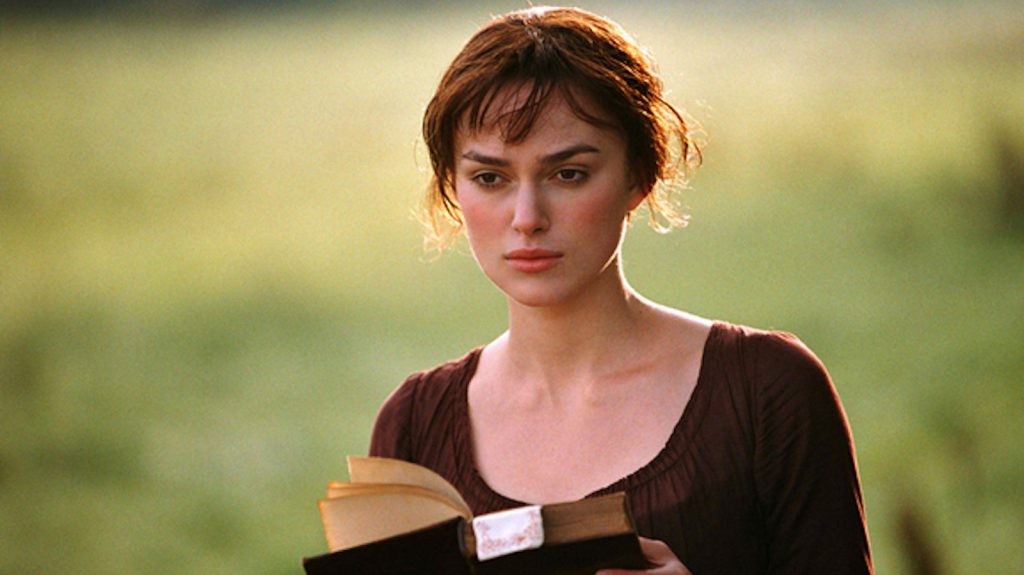
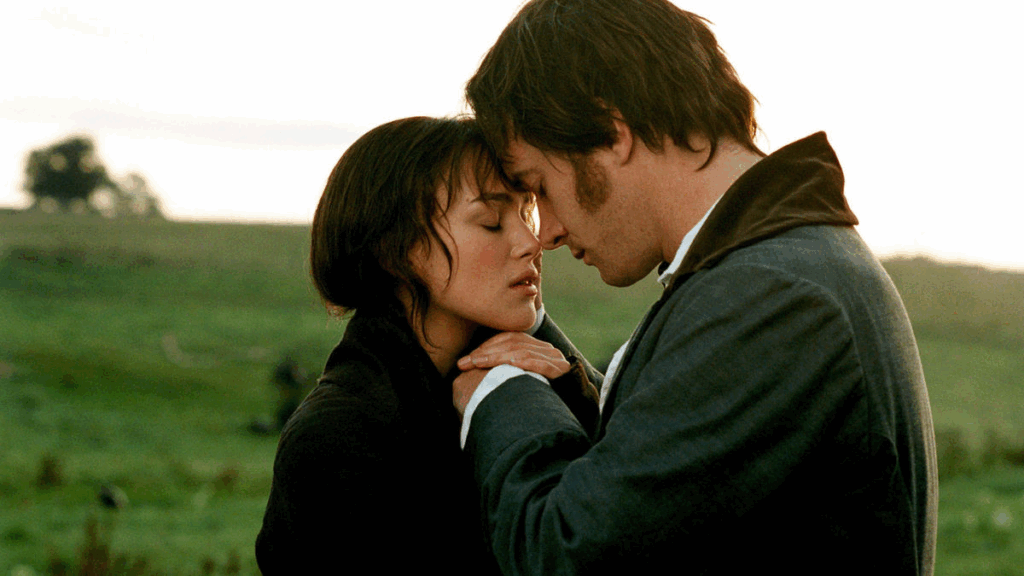
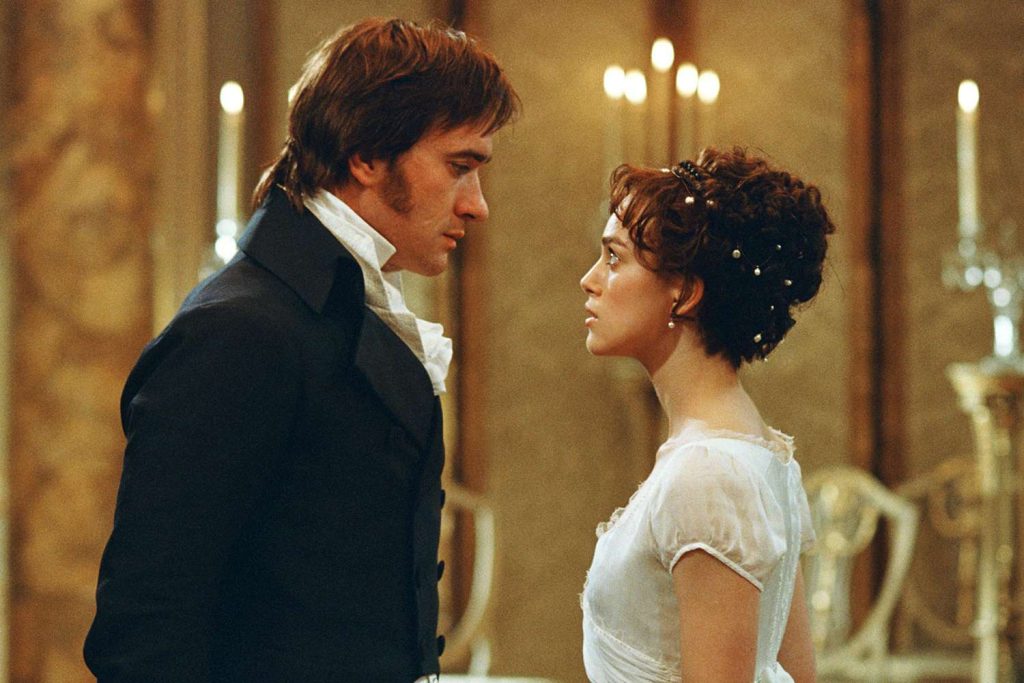
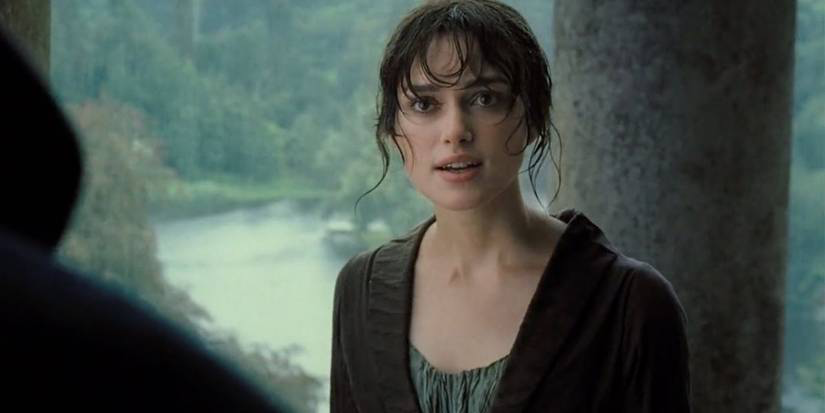
Darcy admits his faults, Elizabeth admits her prejudice, and together they come to a quiet understanding. However, the 2005 film turned this moment into a visually dramatic scene. Darcy is shown walking across a misty field at dawn, confessing his love in a way that feels larger than life. The dialogue is romanticized, full of raw emotion and longing, which appeals to a modern audience hungry for passion.
So, while the novel values restraint, the movie elevated this into cinematic poetry. The change highlights how cinema often prioritizes romance and spectacle over subtle irony, reshaping the proposal into a visual climax. So while the reconciliation in Austin’s novel is rooted in reality, the film adaptation turned it into a dream-like fantasy sequence.
2. The Bennet Parents’ Reactions
Next in line is how Elizabeth’s parents react to the proposal, which is majorly altered. Like, in Austen’s novel, the reactions of the Bennet parents are significant because it’s a subtle hint that shows that after years of facing the outcome of a mismatched union, they don’t want to inflict that same trauma on their daughter.
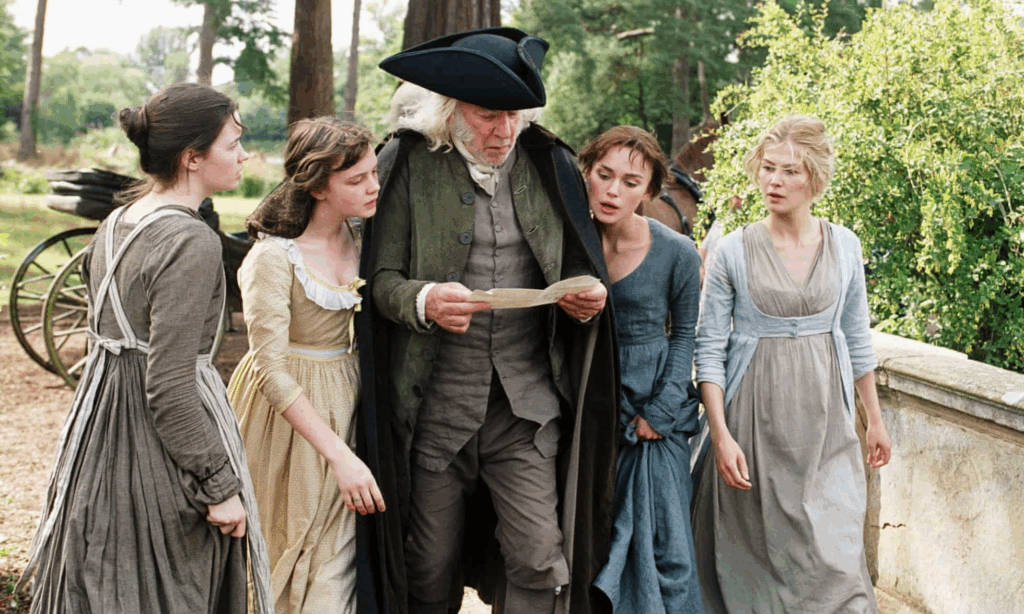
Yes, in the book, Mr. Bennet is clever and witty, but often detached and irresponsible, leaving Mrs. Bennet to obsess over marrying off her daughters. In this way, Jane Austin clearly portrays them as a dysfunctional couple rather than a loving partnership, shown in the film. So now, considering how their marriage ended up in family chaos, Mr. Bennet appeared rather possessive about Elizabeth and Darcy’s marriage.
When Darcy asks for Elizabeth’s hand, Mr. Bennet’s response in the book is both humorous and heartfelt. He’s shocked, but ultimately respects Elizabeth’s judgment. Mrs. Bennet, by contrast, reacts in her usual over-the-top way, thrilled about the wealth and status Darcy brings. But the 2005 film softened this dynamic.
Mrs. Bennet is still loud and shrewd, but she appears more sympathetic, while Mr. Bennet is reimagined as a jovial, caring husband. They argue, yes, but their bond feels warmer, with genuine affection beneath the bickering. This change makes the Bennet parents seem less dysfunctional and more endearing, shifting the focus away from Austen’s critique of marriage as a social trap.
3. Lady Catherine’s Confrontation With Elizabeth
The biggest change in the film has to do with the fiery confrontation between Lady Catherine and Elizabeth. In the novel, we see Lady Catherine demanding that Elizabeth promise never to marry Darcy, reflecting the rigid class prejudices of the time. However, Elizabeth boldly refuses to give her any assurance or promise to refrain from accepting a proposal from Mr. Darcy.
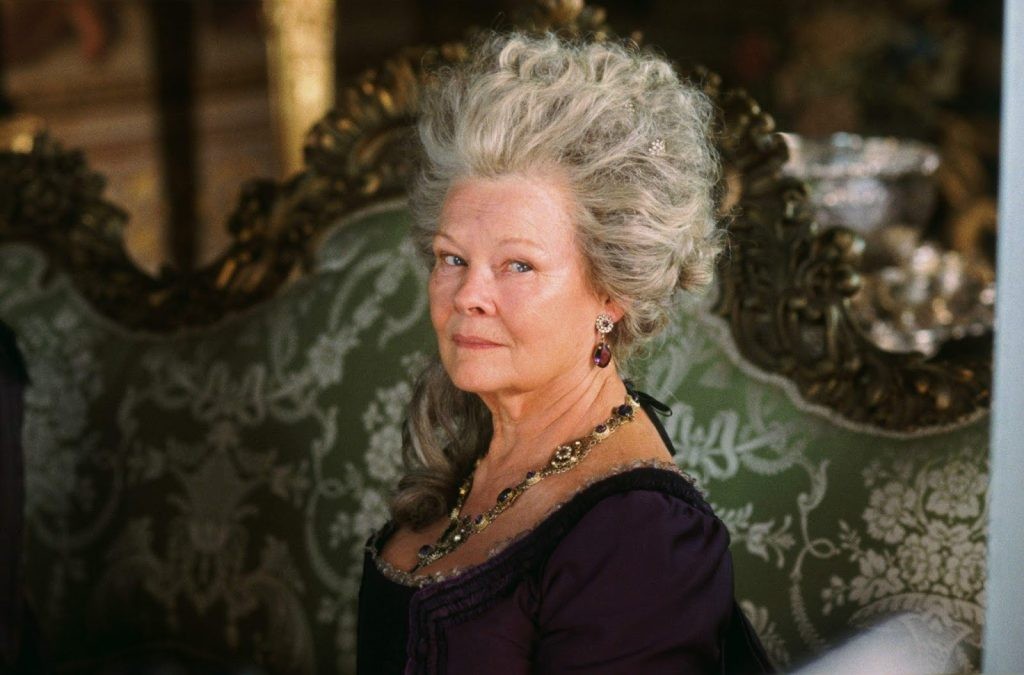
This refusal, sharp, fearless, and logical, shows her independence and strength of character, which establishes her as one of the earliest feminist characters in literature. And later on, this moment is what indirectly pushes Darcy to propose again, since he realizes Elizabeth won’t bend to social pressure.
I will make no promise of the kind… I am not to be intimidated into anything so wholly unreasonable. Your ladyship wants Mr. Darcy to marry your daughter; but would my giving you the wished-for promise make their marriage at all more probable? Supposing him to be attached to me, would my refusing to accept his hand make him wish to bestow it on his cousin?
However, the 2005 film altered the conversation, making it shorter and less biting. Lady Catherine is still portrayed as haughty and intimidating, but the nuance of Elizabeth’s firm resistance is no longer seen. Instead, she tears up and promises “I will not”, which comes off as confusing, leaving the dialogue delivery softened instead of firm.
Kiera Knightley’s Pride & Prejudice uses the scene mainly as a plot device to clear the way for Darcy’s proposal, while the novel presents it as a symbolic victory of individual will against class hierarchy. Austen used this moment to critique social structures, whereas the film frames it more as dramatic tension before the romantic resolution.
4. Resolution of Other Characters
Another aspect where the 2005 film’s ending faltered was in showing proper resolution of the characters mentioned in the story. Basically, in Jane Austen’s novel, readers don’t just learn about Elizabeth and Darcy’s marriage, the fates of Jane and Bingley, Lydia and Wickham, and even Lady Catherine are wrapped up neatly.
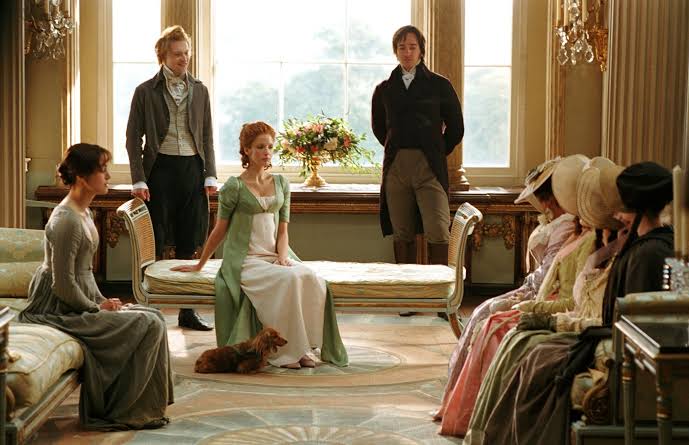
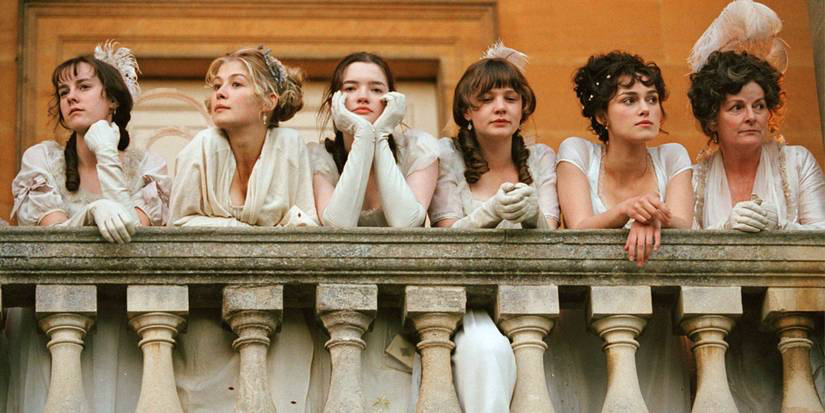
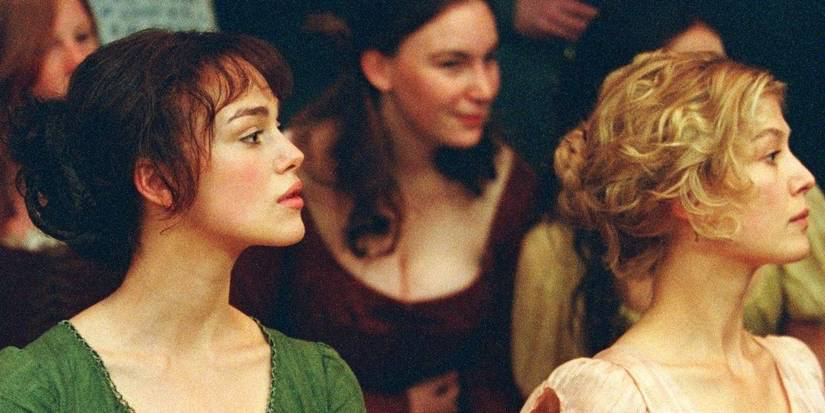
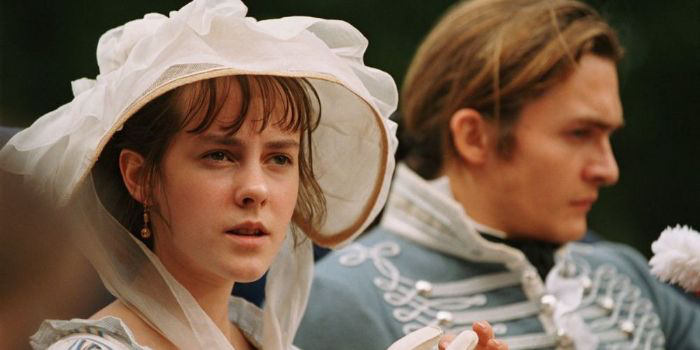
Austen takes care to show that every relationship is part of a bigger social web. Jane and Bingley marry happily, Wickham remains selfish but is tolerated by Lydia, and Lady Catherine eventually softens toward Elizabeth. This resolution reflects how the author didn’t just tell a love story; she wrote a commentary on society as a whole.
However, when it comes to the 2005 film, Joe Wright seemingly skipped all of these threads. Despite featuring all the characters and their fates, he refused to conclude by showing Jane and Bingley’s life after marriage or on Lady Catherine’s grudging acceptance. Instead, he kept the spotlight firmly on Elizabeth and Darcy.
5. Final Tone and Social Observations
Yet another major difference lies in the final tone of the film. If you have read the text, you’ll know how Jane Austen’s novel closes with her trademark wit and irony. Even as she describes the happy marriages between her beloved characters, her narrative voice reminds readers of the practical, social, and even economic dimensions of marriage.
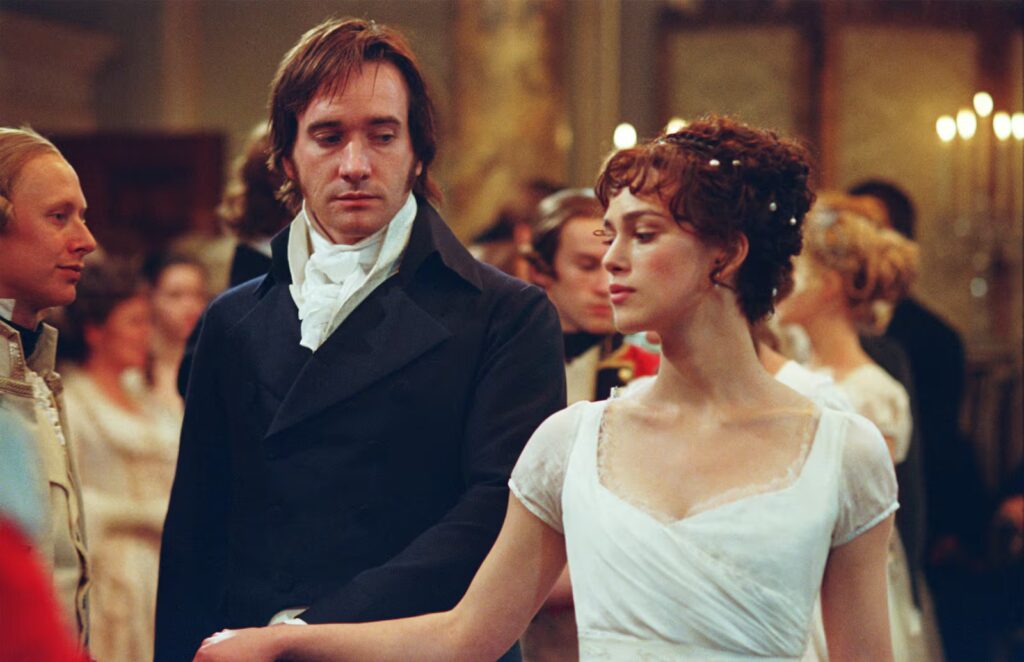
The ending is romantic but never loses its sharpness, turning Pride and Prejudice into both a love story and a social satire. However, Kiera Knightley and Matthew Macfadyen’s film embraces pure romance during the closing scene. The film famously ends with a dimly lit scene where Mr. Darcy calls Elizabeth “Mrs. Darcy” and begins to kiss her.
This seals their union with a fairytale-like intimacy. And just like that, the movie stripped the story’s emphasis on society and shifted the focus to private passion. This change reflects the way film adaptations often adjust to audience expectations, prioritizing emotional closure over ironic commentary.
To be fair, when the novel ends, it leaves readers with questions about society, women’s rights, marriage, equality, respect, and love. But when the film ended, it left viewers with a dreamy sense of love fulfilled. This marks a key tonal difference because, in its essence, Pride and Prejudice was never about love.
It’s a biting commentary on society and how women were treated as property that belonged to men, instead of as individuals. So, the way the 2005 adaptation wrapped up on a romantic note shows that Joe Wright completely missed the point and turned Pride and Prejudice into a story similar to Nicholas Sparks’ The Notebook.
Share your thoughts and opinions on how Pride & Prejudice (2005) altered the literary element.
Pride & Prejudice (2005) is currently available in the US on Hulu, Prime Video, and HBO Max.




